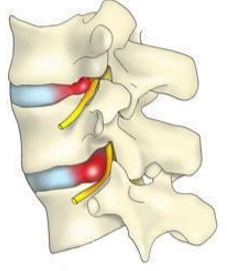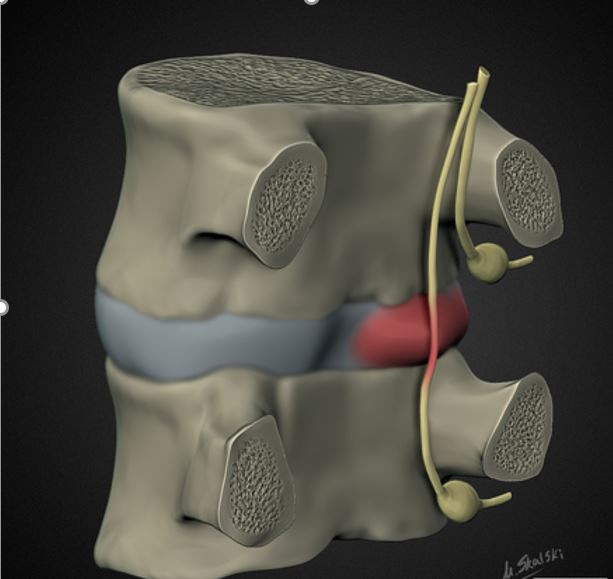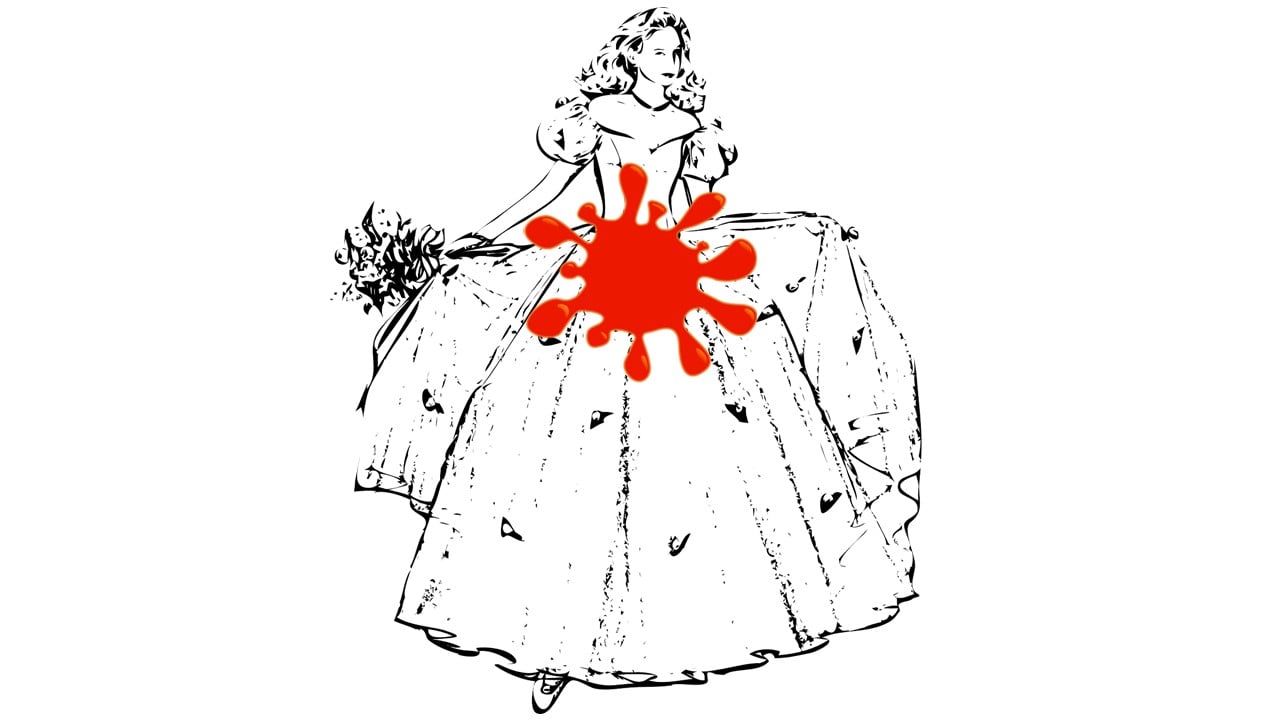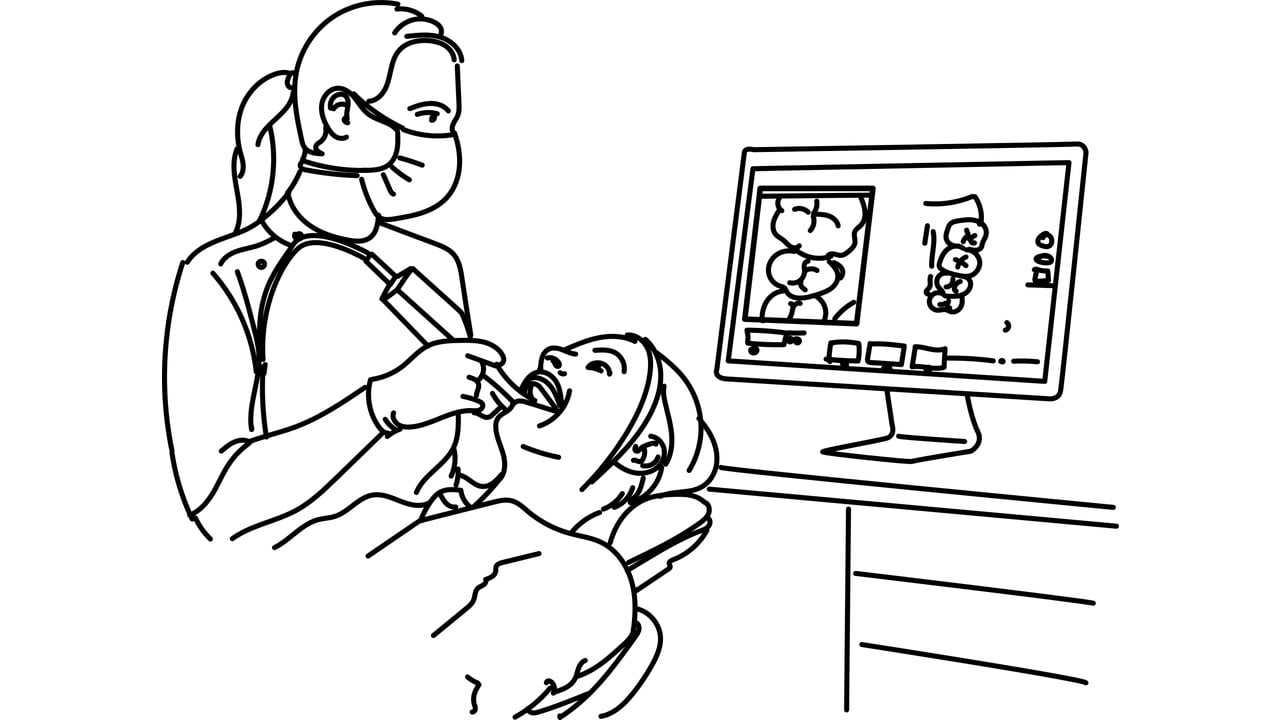What Can Your Mind Do For You?
Imagery
The most powerful language of the 21st century
What is Imagery? It is a flow of thoughts that can be seen, heard, felt, smelled or tasted in one's imagination.
Imagery has been said to be:
- the language of the right brain
- the language of the nervous system
- the language of the emotions
- the language of the unconscious and
- the interface between mind and body.
Imagery can help us understand what is going on at a deeper level by letting us access information and resources stored in the body.
Like any other language, it can be learned and mastered.
Imagery has been recognized as one of the most effective alternative therapies available. It is a powerful technique using the untapped resources of the mind.
Your Unconscious Affects Your Daily Life
Since guided imagery has powerful physiological consequences and also conveys important and otherwise inaccessible information from the unconscious mind, there are virtually no limits to the number of situations where it can be used in health care settings (for acute/chronic pain or to prepare for surgery), for fitness training, stress reduction/management, to resolve PTS(D) issues, to improve sports performance, and/or to find meaning and purpose in one's life.
Therapeutic guided imagery allows clients to enter a relaxed state of mind, and then to focus their attention on images associated with the issues they are confronting. For example, one can invite an image to form that represents a particular medical symptom, and then initiate an imaginary dialogue with the image to ask why it’s there, what it wants, what it needs, where it’s going, and what it has to offer. The information obtained from such a dialogue can often be more directly helpful than even the most sophisticated medical diagnostic tests.
By using an interactive, non-judgmental, content-free guiding style, experienced imagery practitioners can encourage patients to tap their latent inner resources to find new and creative solutions for their own problems. The consistent emphasis on inner resources and solutions lead to minimal transference, greater opportunities for effective client self-care, an enhanced sense of self-efficacy, and the rapid development of patient autonomy.
How can Imagery Help?
Imagery can help by revealing the source of the problem or symptom, and by giving insights into the situations we are facing. It can help us relax, relieve stress, slow down heart rate, stimulate the immune system, reduce pain, eliminate side-effects, change the levels of hormones and neurotransmitters in the blood... It can help us cope with chronic and life-threatening illnesses, balance emotions, stimulate healing, resolve problems and conflicts, sharpen intuition, and become more effective at setting and reaching goals.
It has powerful physiological consequences, which are directly related to the healing systems of the body.
Emotions and creativity have often been suppressed and locked up in the body. They may surface years later as uncomfortable symptoms, allowing them to be released.
Who Can Use Imagery?
Everyone uses Imagery all the time.
Do you ever worry? That's a kind of imagery... the negative kind.
If I were to say "Don't think about an elephant!" What would you see with your mind's eyes?
If I were to ask you to close your eyes and describe your living room or a home you lived in as a child... you would be using Imagery.
We do it all the time, without using the word "Imagery". However, we have not been trained to use it to our advantage.
Different Kinds of Imagery
1. Image Streaming is a technique developed by Win Wenger, Ph.D., (described in detail in his book The Einstein Factor) that merges the qualities of imagination which Einstein possessed with the descriptive methods of Socrates. It consists of briefly focusing on a problem, taking an object in hand or in one's imagination and describing it out loud, for several minutes. The insight to the problem will be found in the description of the images that arise. Leonardo da Vinci found his inspiration in a similar system "It should not be hard," did he write in his Notebooks "for you to stop sometimes and look into the stains of walls or ashes of a fire, or clouds, or mud or like places, in which... you may find really marvelous ideas."
2. Guided Imagery is found in many disciplines, and consists of a practitioner leading a patient/client through a usually prepared script.
3. InterActive Guided Imagery(sm) is a technique perfected by Dr. Martin Rossman, M.D., and David Bresler, Ph.D., in which the practitioner elicits images from the patient/client. Those images are very unique and personal, arising from the patient/client's life experience and stores memory.
In summary, we all think in images. Nothing has ever been created that was not first imagined. We all seem to know how to worry or "awfulize", which is nothing less than negative imagery.
Let's turn this around, and use positive imagery, to heal ourselves physically, mentally, emotionally, and spiritually.
Little is known about the healing system of the body. We just know it exists, as do the digestive system, the nervous system, the cardio-vascular system, etc. The healing system is accessed through images. Dialoguing with the images often bring solutions to seemingly unsolvable, frustrating problems.
Problems are nothing more than challenges to conquer, and opportunities to grow into the person we were meant to be. Imagineering is a powerful method to move through obstacles in a quicker, more elegant manner, a tool to help us build the life we desire.
Examples of Imagery
From the book "Healing Yourself" by Dr. Martin . Rossman, M.D.
Published by Awareness Press (used with permission)
While yours is the most important image, a few examples of images that others have created might help you realize how different and personal imagery can be and still be effective.
Consider 3 people with back problems.

An orthopedic surgeon friend of mine had a severely herniated lumbar disk. He was a very progressive surgeon who had used hypnosis to help his patients recover quickly from surgery, and he believed in the power of the mind to assist healing. He doubted, however, that imagery could help repair a ruptured intervertebral disk, but he wanted to do anything he could to avoid surgery. He was able to visualize the disk quite well, since he had seen so many of them in his work. He described it as a fibrous sack, whose contents had "blown out" and were now pressing on a nerve in his back. He couldn't imagine a satisfactory way for it to be repaired without surgery, and became increasingly frustrated. Finally, he decided to relax very deeply and see if the image could change by itself. Suddenly he saw a vivid image of the center of the disk being sucked back into the sack, and the tear sealing itself up like the diaphragm of a camera. The image was so clear it startled him. He was even more startled to find that after this session he was greatly relieved of pain and was able to walk without pain down his leg for the first time in weeks. He went on to recover completely without surgery, a fact that has both pleased and amazed him since.

Another friend and patient with a recurring back problem would imagine a huge rope knot representing the muscle spasms in his back. As he relaxed, he could visualize the knot loosening and found that his back muscles completely relaxed by the time he was able to imagine the knot untied.

A third patient with a one-year history of severe unremitting back pain imagined a knife stabbing him in the back. In guided imagery, he was asked to look at who put the knife there, and he saw his ex-business partner who had stolen from and ruined their business. A brief course of counseling sessions helped him express and come to terms with the feelings of anger and loss that he had been holding inside, and his back pain disappeared as he worked through his feelings.
The point here is that a similar problem may produce different images in different people, and may lead in different directions for healing. Sometimes, active imagery will suffice to relieve pain and stimulate healing, while in other cases receptive imagery will point to physical, emotional, or situational problems that need resolution before healing can proceed.
Let's look at some other images that patients of mine have created of their illnesses and their healing processes. Remember, while "create" is not quite the right word - "receive" might be better - these images came from concentrating on the problem and being receptive to the images that formed.

Inflamed Wrist
A man with a painfully inflamed wrist imagined his wrist bones having sharp, jagged edges that grated on each other as he used his hand. In contrast, the image of his normal wrist included round bones, with rubber and cotton cushions between them, allowing smooth, painless movements. In his Healing Imagery, he imagined gently placing cushions and supports between the bones of the painful wrist and was able to greatly reduce his discomfort as his wrist healed. His imagery was not anatomically correct, yet it was effective in reducing his pain.

Ulcerative Colitis
A young man with ulcerative colitis had been having painful abdominal cramping and bleeding from his rectum for two months. Medication was not helping, and he wanted to avoid cortisone if he could. He imagined his colon being red, raw and irritable. He said it seemed "uptight" and "oversensitive." As he relaxed with his hands on his abdomen, he imagined his hand melting into his body and lovingly stroking and massaging his colon. He imagined his colon relaxing and resting in his hands. At the same time, he felt a pleasant sense of warmth in his belly, and imagined fresh, healthy blood flowing to his colon, refreshing, cleansing, and healing it. In two days he was free of symptoms. Three weeks later, his gastro-enterologist said his colon appeared to be completely healed

Herniated Disk
A sixty-five-year-old retired heavy equipment operator with a herniated disk in his back imagined a tiny work crew inserting house-lifting jacks between his vertebrae. He then imagined them clearing out the old "busted" disk and installing a fresh one, which he visualized as a small, very tough rubber ball. When the "work crew" lowered the top vertebra, the ball flattened into a cylindrical shock absorber, which maintained the space between the bones. He even imagined it cushioning the joint as he walked. He found this image to be a consistently effective way to relieve his back pain and sciatica.

Peptic Ulcer
A fifty-two-year-old businessman with a peptic ulcer visualized spraying the inside of his stomach and intestines with a cooling white foam three times a day between meals. He was able not only to relieve his pain but heal quickly, discontinued the ulcer medications, and remained free of ulcers through several stressful years.

Sinus Headache
A mother of three with a week-long sinus headache focused on her pain and saw a large eye with wings on either side. As she watched it, it suddenly flew away, and a large glob of mucus fell into the back of her throat. She was surprised to sit up and find that her headache was relieved. Neither she, nor I ever understood the significance of the symbol. It seemed as if the imagery itself produced relief.

Stress
A twenty-seven-year-old junior executive was having anxiety attacks at work. As he relaxed and asked for an image for his anxiety, he saw a frenetic honeybee, flying about in an agitated state. The bee seemed scattered and didn't seem to have any pattern or direction in its movement. The image for healing that came to him was a rose. He imagined holding the rose out to the bee, and it came over and began collecting nectar. The bee then seemed more relaxed and content, and so did the young man. He found this simple visualization calming and centering and used it for a few minutes at a time whenever he began.
Let's Look At How My Clients Solved Their Challenges Using InterActive Guided Imagery

Stained Wedding Dress
She was very happy in her marriage, yet did not enjoy intimacy. She wanted to correct that.
The image that came to her was of a wedding dress, stained with blood. Her husband had been "the first" and she resented it.
We reframed the experience, and she called me from a vacation spot, where she was having a wonderful weekend of intimacy.

She Could Not Loose Weight
She had tried diets and exercises, and nothing worked.
The image that came to her was of an old galleon, going from Europe to America, when the Pilgrims were escaping from the Old Continent. Somehow, a genetic memory of starvation on the galleon had been passed on from generation to generation. She felt she was constantly starving. Once the culprit discovered, diet and exercises started to work.

His Business Was Stagnating
He was not making any headway. His businesses were either stagnating or floundering. He wanted to know why.
His subconscious mind, imagined as a wise old guy, told him that he was punishing himself for having addictions. It was a choice point: continuing or stopping the addictions, or changing his belief?

On the Beach
She needed major dental work done and dreaded the thought. She had pushed the work to be done until the pain was just too much to bare. Could Imagery help her?
During the session, the images that came to her were of a peaceful, beautiful, sunny beach. The sun was warm, the temperature was ideal, the waves were gently lapping on the sand, seagulls were flying overhead.
She no longer dreaded going to the dentist, and she enjoyed relaxing appointments there.

Empowered Before Court
She was caught in a nasty divorce/custody lawsuit, and dreaded the never-ending hearings, where she felt victimized.
She needed empowerment.
The image of power that came to her was of herself in a martial arts class. During an imagery session, she practiced the feelings she felt while in her class - she was a black belt - so she could bring that state with her in court.
Assertive, calm, confident, empowered.
She was no longer a victim.

Depressed and Suicidal
This young man, in his early twenties, was referred to me by a client. She feared he was going to commit suicide. We talked for a while. He was willing to relax, and review the places in his life where he had been happy. He noticed that the only time he felt depressed to the point of suicide was when he was with his aunt. The darkness she was in had been passed on to him.
He chose to move away, and go back to a place where he had been happy.
How Could InterActive Imagery Help You? Find Out with a Quick Chat.

Danielle J. Duperret, ND/PhD - Mindset Mentor

